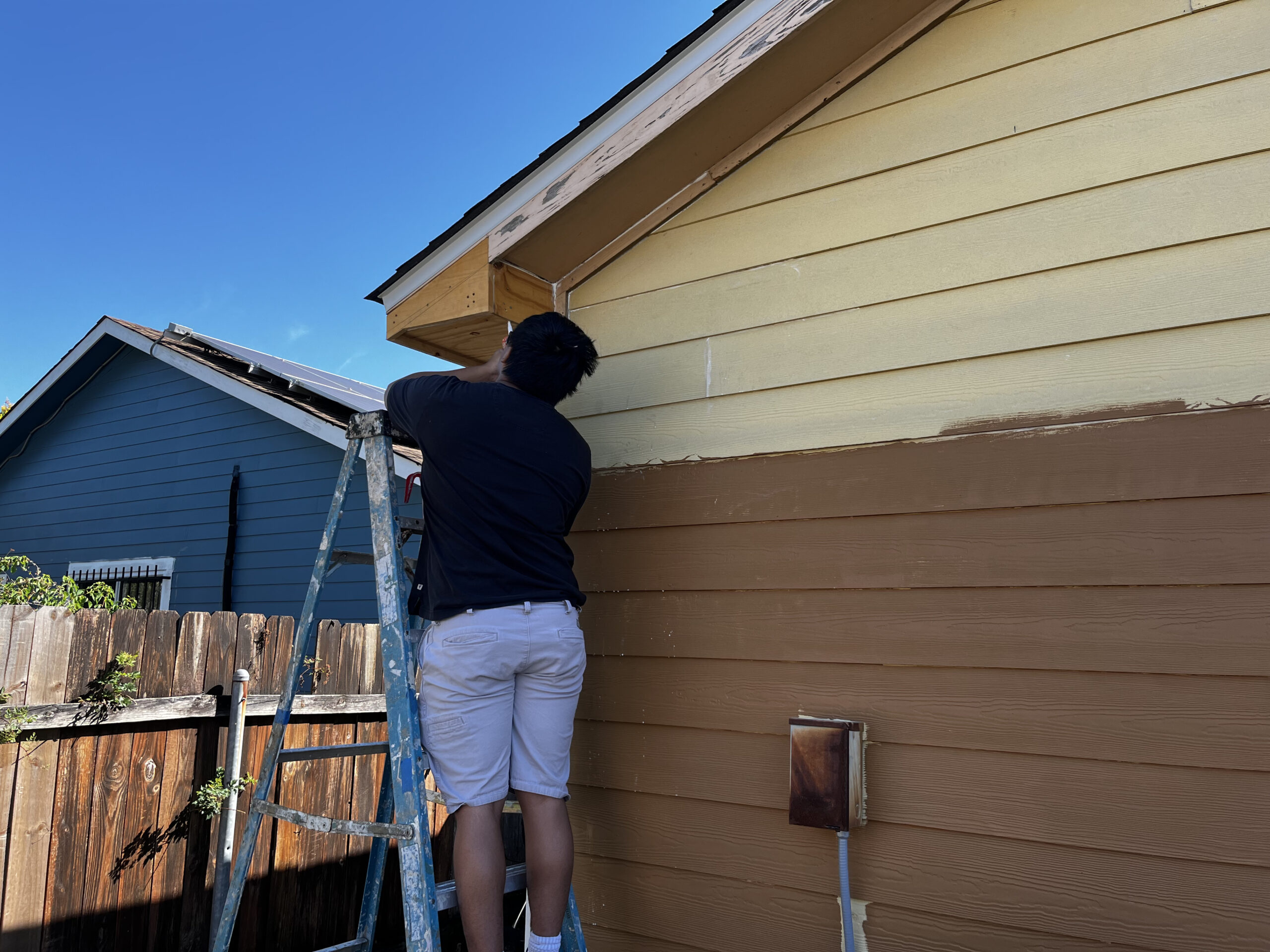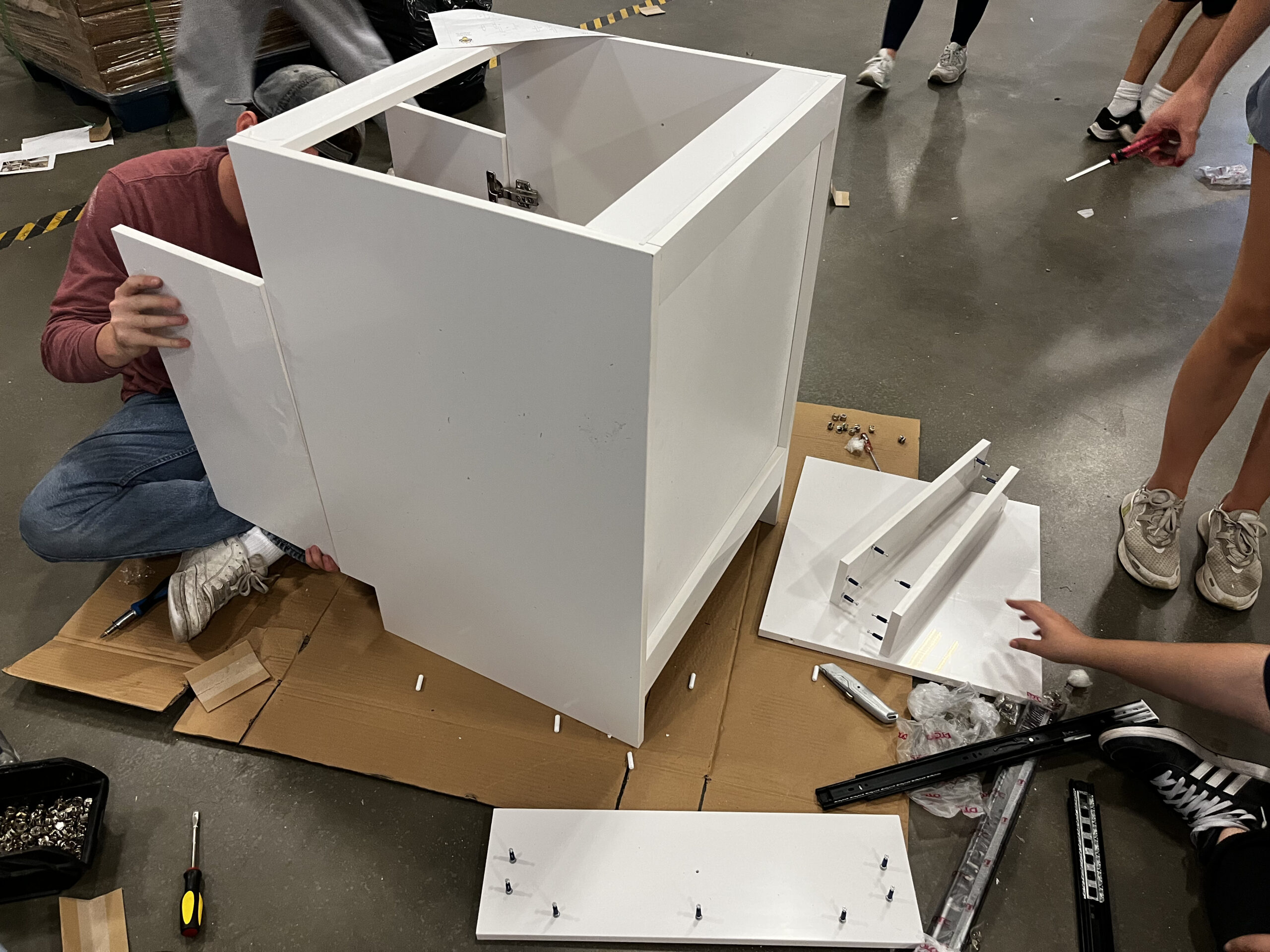By: Victoria Chan, Sarah Herbster, Austin Nguyen, and Frank Robertshaw
From food deserts and inadequate housing to crime and drug abuse, it is clear that lower-income families in the United States today face significant challenges in making ends meet. However, nothing devastates their lives quite like a natural disaster.
Through hurricanes, droughts, and other calamities, lower-income families lack the essential financial resources necessary to cope with the aftermath of a natural disaster. These individuals require more assistance than their wealthier counterparts and must depend on external organizations for recovery support. The US government, often insufficient in its response, has historically struggled to provide timely assistance to those in need. This was vividly demonstrated during Hurricane Katrina in August 2005. People stranded in New Orleans’ main public hospital, having been assured of its safety and resilience, were eventually rescued by a private group, the Cajun Navy, after enduring a harrowing week. This experience left many feeling abandoned by the government.

A volunteer paints the exterior of an SBP house. (Image credit: Sarah Herbster)
Conversely, private organizations have proven incredibly effective in aiding lower-income communities to recover from natural disasters, as seen in hurricanes across New Orleans and Louisiana. The St. Bernard Project (SBP) is a standout example from the private sector, playing a vital role in helping these communities. SBP aids in rebuilding homes, providing financial assistance, and advocating for public policy changes to enhance disaster preparedness among lower-income families.
Socially disadvantaged groups, including racial/ethnic minorities, lower-income individuals, and those with disabilities, face greater exposure to natural disaster effects due to geographic location. An empirical analysis of New York residents’ flood vulnerability post-Hurricane Sandy showed that flood exposure in vulnerable populations correlated with household income levels. Higher-income areas experienced less flooding, indicating that higher-income neighborhoods are safer in flood scenarios. This research underscores how racial, ethnic, mobility, and socioeconomic disparities impact who is most affected by natural disasters. Lower-income families, already at significant risk due to their economic status, are more likely to endure the detrimental aftermath of such events, perpetuating a cycle of poverty and hardship.
When lower-income families lose their homes to natural disasters, like category 3 or 4 hurricanes, recovery can take months or years. Rebuilding involves a variety of stakeholders, including local, state, and federal governments, nonprofits (like SBP), and the affected community members. Published in the journal Housing, Theory, and Society, one study looking at post-Hurricane Katrina rehabilitation in New Orleans found that solutions from political institutions, often lacking a full understanding of the issues, were perceived as elitist by those directly impacted. Nevertheless, the government’s role in disaster relief remains crucial, offering financial support and grants to efforts like those of SBP.

Another volunteer builds kitchen cabinets out of water-resistant PVC pipe, a material that will not warp or rot, unlike wood. (Image credit: Sarah Herbster)
This scenario necessitates a holistic approach to post-disaster rebuilding in New Orleans, where community organizations primarily handle the work, supported by larger institutions’ financial resources. SBP exemplifies resilience, engaging community members and volunteers in housing rehabilitation while securing funding from private donations, charities, and government agencies like FEMA. Kenneth Morgan, SBP’s executive director, notes that their direct collaboration with the government allows their clients to avoid the bureaucratic delays that often impede rebuilding.
Acknowledging environmental racism’s role in impeding recovery for lower-income communities is crucial in developing policies to alleviate the financial burdens these communities face post-disaster. SBP serves as an exemplary model, providing lower-income communities with access to necessary financial resources for rebuilding homes without the added strain of housing reconstruction costs or applying for government loans.
One study published in the journal Environmental Hazards suggests that a distributive justice approach, focusing on service and financial support allocation to low- and middle-income individuals, is vital in post-disaster rebuilding. This is because these groups often lack the means for self-funded recovery. A separate study by Claire McConnel and Chiara Bertolin shows that reducing housing damage risk in the most impact-anticipated areas can decrease a city’s overall risk more efficiently than allocating resources to already less-damaged neighborhoods. Prioritizing those at greater risk for inadequate housing and adverse health outcomes post-hurricane can significantly mitigate storm and aftermath damage.
While the relationship between poverty and post-disaster relief is complex, SBP strives to address this issue by offering essential housing relief and disaster preparedness training to low- and middle-income families, reducing their reliance on inconsistent and disorganized government programs.
For more information concerning SBP, readers can find a link to their website here.
 NOLAbeings
Multimedia artist Claire Bangser created NOLAbeings as a portrait-based story project that marries...
NOLAbeings
Multimedia artist Claire Bangser created NOLAbeings as a portrait-based story project that marries...
 Data corner: Adobe Suite (create a PDF, social media graphic, presentation, edit a photo and video
Data corner is where you go to work with analytics and top tech skills. It takes on everything from PERL and SQL to Canva and Sprout Social.
Data corner: Adobe Suite (create a PDF, social media graphic, presentation, edit a photo and video
Data corner is where you go to work with analytics and top tech skills. It takes on everything from PERL and SQL to Canva and Sprout Social.
